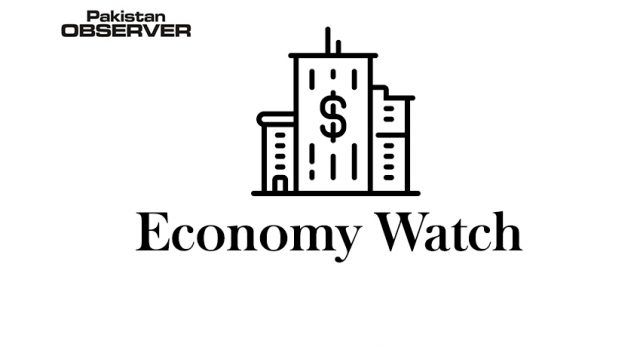For many years, the residents of the leafy town of Cochem in the German Rhineland went about their daily business with no idea they were living on a gold mine. During the Cold War, the German central bank stashed away almost 15 billion marks’ worth of an emergency currency in a 1,500-square-metre nuclear bunker beneath the town.
A closely guarded state secret, the currency was codenamed “BBK II” and intended for use if Germany was the target of an attack on its monetary system.
After the Cold War, the bunker passed into the hands of a regional cooperative bank and then a real estate fund. In 2016, it was bought by German couple Manfred and Petra Reuter.—Agencies










